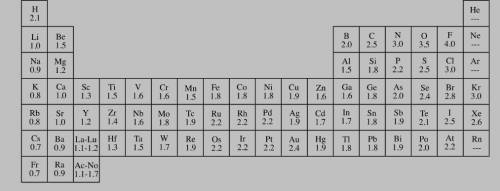Explanation:
Answer :
Reaction 1 : Add Zinc to Copper Sulfate.
Observations of Reactants : Zinc is in solid state and copper sulfate in aqueous state.
Predicted Type(s) of Reaction : Single-displacement reaction
Observations of Products : Copper is in solid state and zinc sulfate in aqueous state.
The balanced chemical reaction :
Types of reaction : Single-displacement reaction : It is a type of reaction in which a single element displaces another element in a compound.
Reaction 2 : Mix Potassium Iodide and Lead (II) Nitrate.
Observations of Reactants : Potassium iodide is in solid state and lead nitrate in aqueous state.
Predicted Type(s) of Reaction : Double-displacement reaction
Observations of Products : Lead iodide is in solid state and potassium nitrate in aqueous state.
The balanced chemical reaction :
Types of reaction : Double-displacement reaction : It is a type of reaction in which two reactants exchange their ions to form two new compounds.
Reaction 3 : Burn Copper Wire.
Observations of Reactants : Copper is in solid state and oxygen in gas state.
Predicted Type(s) of Reaction : Oxidation reaction
Observations of Products : Copper oxide is in solid state.
The balanced chemical reaction :
Types of reaction : Oxidation reaction : In a oxidation reaction, a substance gains oxygen.
Reaction 4 : Heat Sodium Carbonate.
Observations of Reactants : Sodium carbonate is in solid state.
Predicted Type(s) of Reaction : Thermal decomposition reaction
Observations of Products : Sodium oxide is in solid state and carbon dioxide in gas state.
The balanced chemical reaction :
Types of reaction : Thermal decomposition reaction : It is defined as the breaking down of a chemical compound due to heating.
